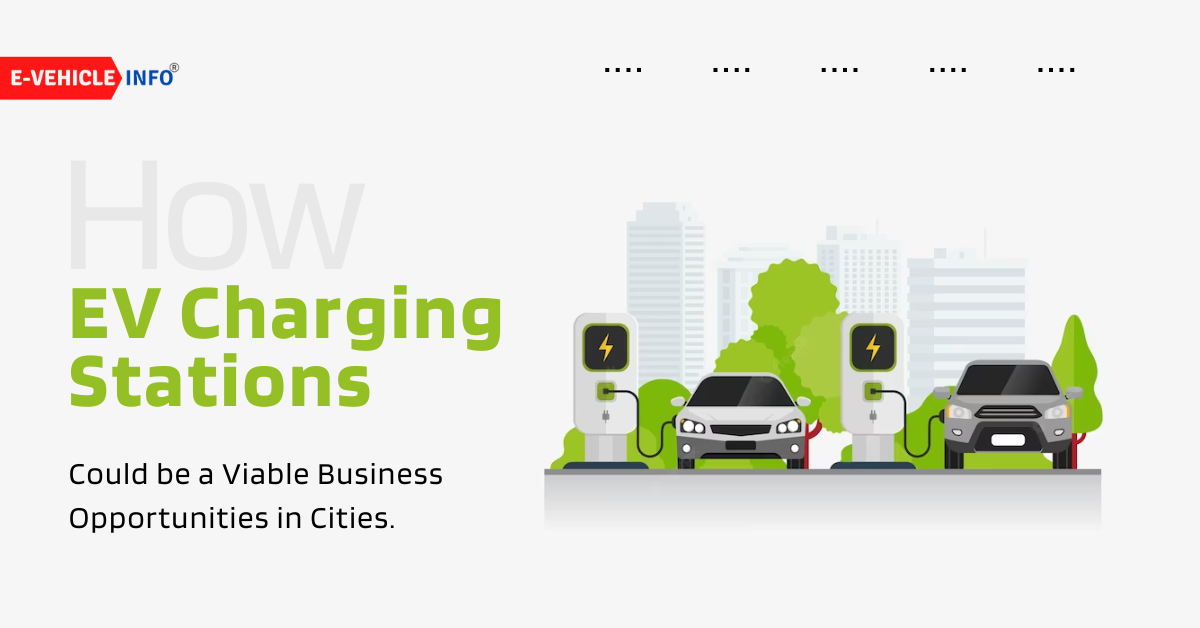Table of Contents
This Article is written by Rohit Vadera, CEO, PURE EV
EV Charging Stations
The rise in the adoption of electric vehicles in India has incurred the need to develop EV infrastructure in the country. Indians have bought approximately 90000 EVs per month since January 2023. The EV market is expected to grow at 90% CAGR BY 2030. However, this growth has also increased demand for more EV charging stations nationwide. The Government has laid down a phase-wise plan to build an EV charging infrastructure nationwide. This makes EV charging stations a viable business opportunity for corporations and individuals.
Government Efforts to Promote EV charging stations
The Government has taken multiple initiatives to promote the adoption of EVs in India. They have invited public and private corporations to build public EV charging stations across India. Currently, India has 1640 public charging stations, of which 940 are in main metro cities. The effort by the Government has bolstered the confidence among consumers to opt for EVs instead of traditional fuel-based vehicles. The Government has announced various subsidies on electricity rates and land prices for public charging stations. This makes it a viable option for private and public organizations to invest in them.
Advantages for business organization
The most significant advantage for business organizations to open EV charging stations is the low cost of starting and managing an EV charging station. This is possible due to subsidies offered by the Government. The second benefit is the new employment opportunity. Also, business organizations will have the upper hand in providing a unique service compared to their competitors. Investing in an EV charging station contributes to building an eco-friendly environment. This will also help in adding to the economy of the country.
Subsidies offered by the Government
The Government of India has encouraged EV adoption in India by framing policies that are helping to reduce the cost of infrastructure and purchase of EVs in India. FAME India Scheme: Faster Adoption & Manufacturing of (Hybrid &) Electric Vehicles (FAME) India was launched in 2015 to accelerate the growth and promotion of hybrid and electric vehicles in the country. FAME-II scheme was launched in India with a budget of Rs. 10,000 crores to support e-two-wheelers, e-three -wheelers, e-passenger vehicles, and e-buses.
State Government Subsidies
Many state governments are providing subsidies on infrastructure like EV charging stations. A transformer to deliver electricity in a charging station can cost up to 5-6 lakh after subsidies from the state government. In UP, to promote the development of charging and battery swapping facilities throughout the State is given a capital subsidy to the first 2,000 charging station service providers, up to a maximum of Rs 10 lakh per charging station. According to Delhi’s EV strategy, the first 30,000 slow charging points will receive a subsidy of Rs 6,000 each. To promote EV infrastructure development in the Government, these EV chargers can be purchased for as little as Rs 2,500 after subsidies.
Generating more awareness among potential business owners
It is imperative to generate more awareness among potential business owners regarding the benefits of developing an EV charging station. It has excellent business potential in the long term. The Government has created e-Amrit, an online site for reference for business owners and private individuals. The site contains a wealth of knowledge about EVs and the EV industry. Business owners must also generate more awareness among their consumers. There are many ways to educate consumers about EVs, like community outreach programs and campaigns. Such efforts will increase foot traffic in the charging stations.
EV charging station has immense business potential for businesses and the overall economy. The rise in demand for EVs has created the need for a sustainable EV infrastructure. The subsidies offered by the Government will make EV charging stations a vital business option.
Read More:- Electric Vehicle Charging Infrastructure – Opportunities And Challenges







